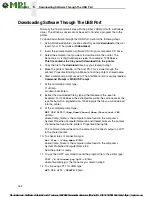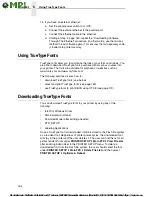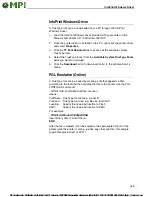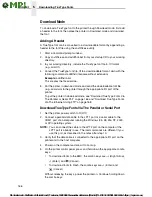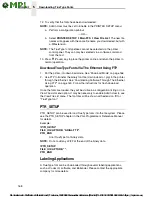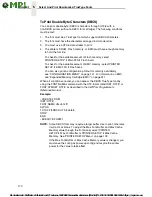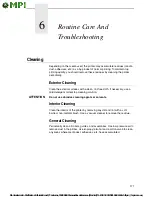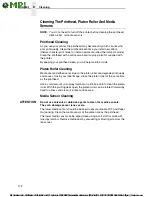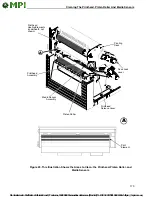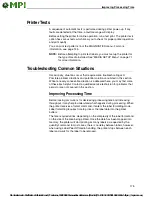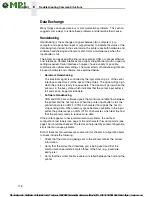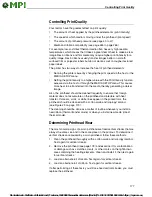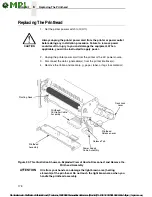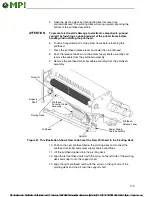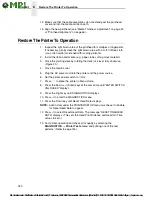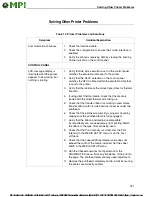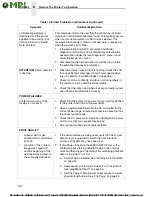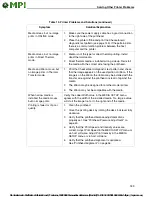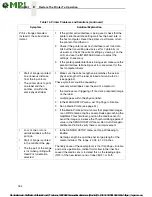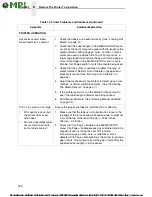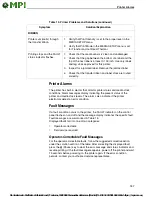
176
6
Troubleshooting Common Situations
Data Exchange
Many things can cause data loss or communications problems. This section
suggests some ways to isolate these problems and determine their cause.
Handshaking
Handshaking is the exchange of signals between two computers (or a
computer and a peripheral input or output device) to indicate the status of the
data being transferred. In the serial mode, the printer uses both hardware and
software handshaking and transmits both forms simultaneously when the
input buffer is full.
The printer can be used with either serial, parallel, USB, or optional ethernet
host interfaces. Parallel interfaces are usually straightforward, with no special
settings required. Serial interfaces; however, have a variety of possible
communication parameter settings. The two methods of handshaking that can
be used, hardware and software, are explained below.
•
Hardware Handshaking
This electrical signal is controlled by the logic state on pin 4 of the serial
interface connector J2 (at the back of the printer). The signal will go high
when the printer is ready to receive data. The signal will go low when the
printer is in the busy state, which indicates that the printer input buffer is
full and can no longer receive data.
•
Software Handshaking
XON and XOFF
are software signals that control serial data flow between
the printer and the host system. When the printer input buffer is full, the
printer transmits an XOFF (CTRL S) character that signals the host to
stop sending data. When memory space becomes available in the input
buffer, the printer sends an XON (CTRL Q) character, which tells the host
that the printer is ready to receive more data.
If the printer appears to have communication problems, the self-test
configuration test labels (see page 145) and character hex dump mode (see
page 146) should be checked. The tests can help identify printer configuration
errors that can cause problems.
Both of these test procedures are covered in this chapter. Configuration items
to check include the following:
•
Check that the data string being sent to the printer contains the correct
information.
•
Verify that the correct host interface port is being used and that the
communication parameters match those of the host (e.g., baud rate,
parity, etc.).
•
Verify that the correct interface cable is installed between the host and the
printer.

